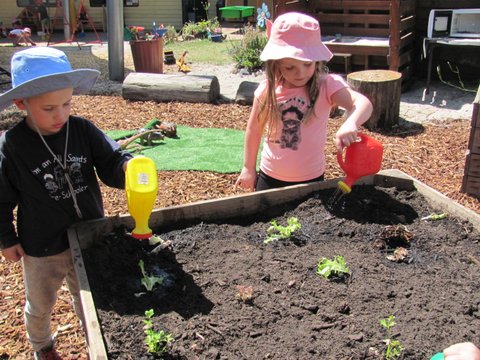
Fundamental to the Early Years Learning Framework (EYLF) is a view of children’s lives as characterised by being, belonging and becoming. Below are the fundamental definitions written as quoted in the Early Years Learning Framework (EYLF).
Belonging
Experiencing belonging – knowing where and with whom you belong – is integral to human existence. Children belong first to a family, a cultural group, a neighbourhood and a wider community. Belonging acknowledges children’s interdependence with others and the basis of relationships in defining identities. In early childhood, and throughout life, relationships are crucial to a sense of belonging. Belonging is central to being and becoming in that it shapes who children are and who they can become.
Being
Childhood is a time to be, to seek and make meaning of the world. Being recognises the significance of the here and now in children’s lives. It is about the present and them knowing themselves, building and maintaining relationships with others, engaging with life’s joys and complexities, and meeting challenges in everyday life. The early childhood years are not solely preparation for the future but also about the present.
Becoming
Children’s identities, knowledge, understandings, capacities, skills and relationships change during childhood. They are shaped by many different events and circumstances. Becoming reflects this process of rapid and significant change that occurs in the early years as young children learn and grow. It emphasises learning to participate fully and actively in society.
Learning Outcomes
The Framework conveys the highest expectations for all children’s learning from birth to 8 years, through the transitions to school (VEYLDF). It communicates these expectations through the following five learning outcomes. Our program is concentrates suporting and nurturing these characteristics in each child.
Identity
- Children have a strong sense of identity
Community
- Children are connected with and contribute to their world
Wellbeing
- Children have a strong sense of wellbeing
Learning
- Children are confident and involved learners
Communication
- Children are effective communicators.
